Samsung and Motorola are raking in sales with clamshell foldables — so why is Google still ignoring this booming niche?
Google launched its foldable campaign back in 2023 with the original Pixel Fold. Since then, we’ve had the model morphing into the Pixel 9 Pro Fold and merging into the main lineup of Pixel devices.
Here are some reasons why the Pixel Flip might still be years away.
Reason 1: Google is playing the waiting game
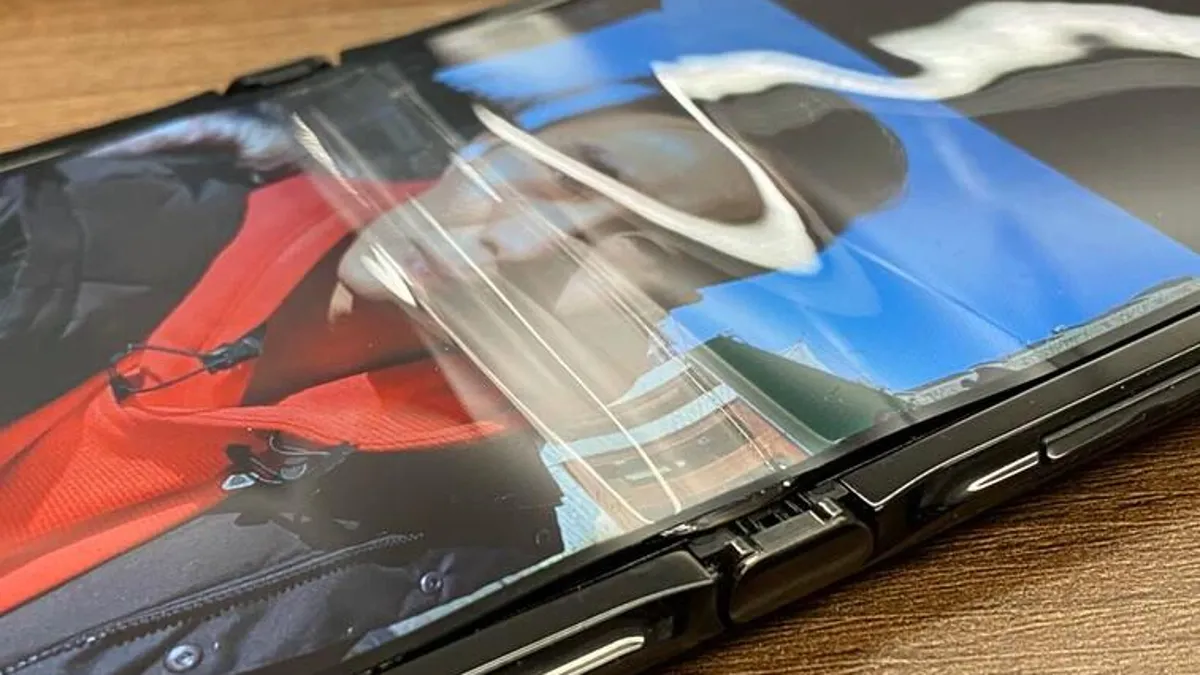

The screen was peeling off on the first iteration Razr | Image by CNET
Just like the company did with the Pixel Fold, Google seems to be playing the “wait and see” game before committing to a clamshell device. The same approach was adopted with the Pixel Fold, and by doing so, Google was able to avoid many “early age diseases” that plagued devices such as the Galaxy Fold and the Motorola Razr, for example.
Clamshell foldables also had their fair share of issues with durability, hinge mechanisms, cover screen utilization, and software optimization, so Google is learning from others’ mistakes before going all-in and launching a Pixel Flip.
Reason 2: Focus on the Pixel 10 Pro Fold
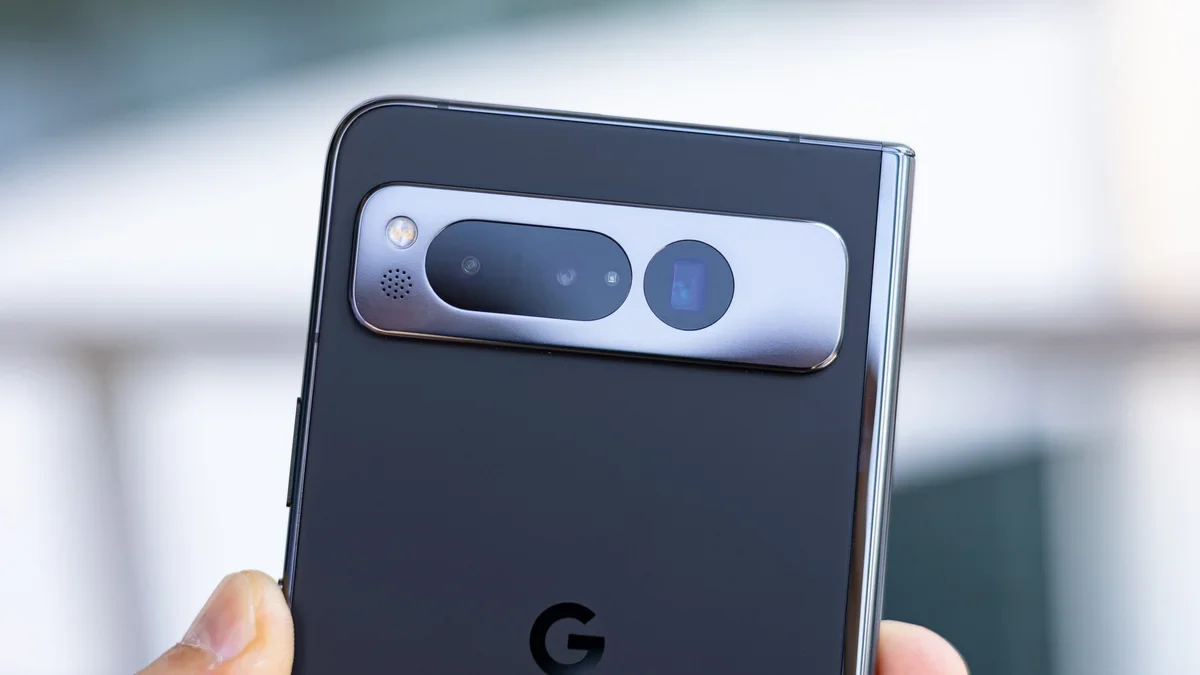

The Pixel Fold lineup has been pretty successful | Image by PhoneArena
After committing to the tablet-style foldable with the original Pixel Fold, Google has been focusing a lot of resources on the project, trying to perfect the hardware and software of this first attempt at the foldable market.
Developing a clamshell phone from scratch requires a huge investment not only in money but also in engineering brainpower.
Reason 3: Competition. Samsung and Motorola are killing it on the flip scene
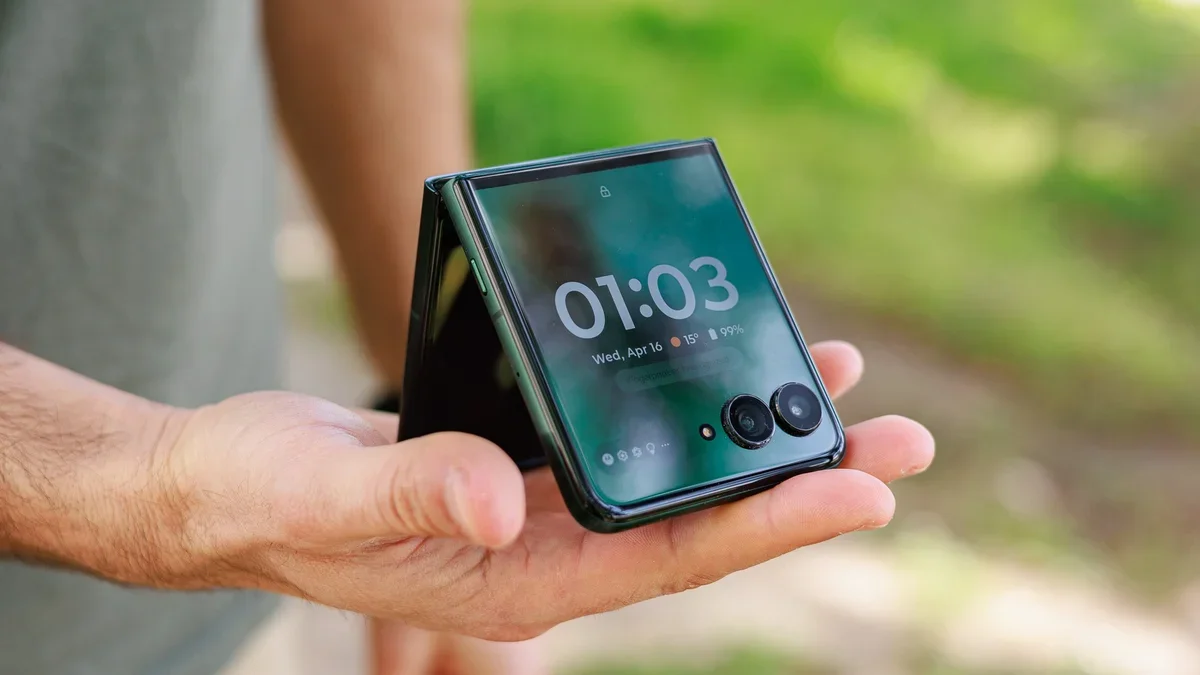

Motorola is getting traction with the Razr lineup | Image by PhoneArena
Trying to chip away a percentage of that growing market share might not be the best idea right now for Google. People would need a compelling reason to switch from the successful and, in the case of the vanilla Razr clamshell, quite affordable devices that Motorola and Samsung have been offering.
Reason 4: Different approach to foldables
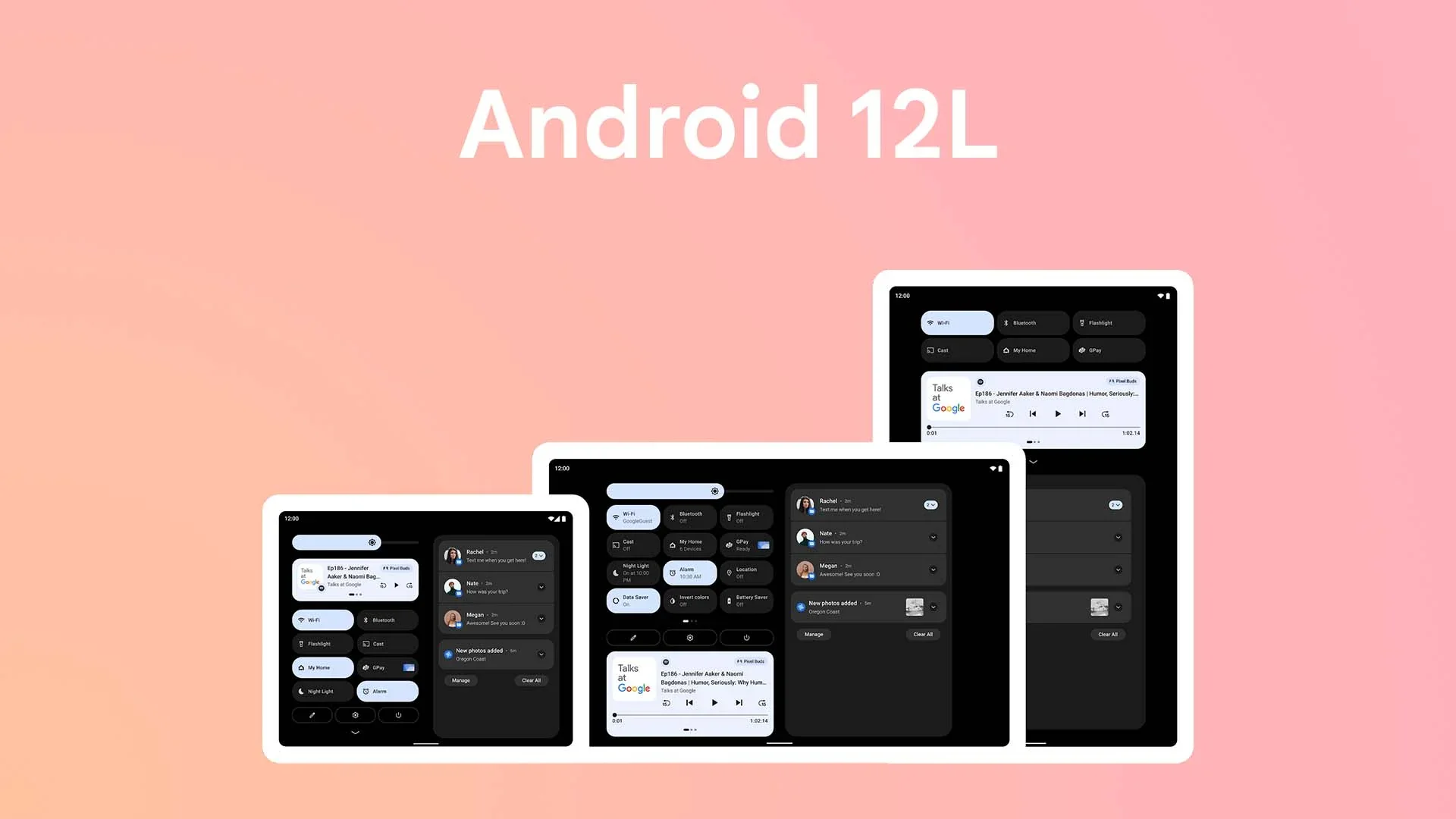

Google started tailoring Android for tablets and book-style foldables with the 12L feature drop | Image by Google
Google has been working hard to optimize Android for big-screen tablets and foldables. This push started back with the Android 12L feature drop, trying to offer the best user experience given the unique aspect ratio of foldables, and also a seamless transition from the cover screen to the main display.
Is the Pixel Flip doomed?
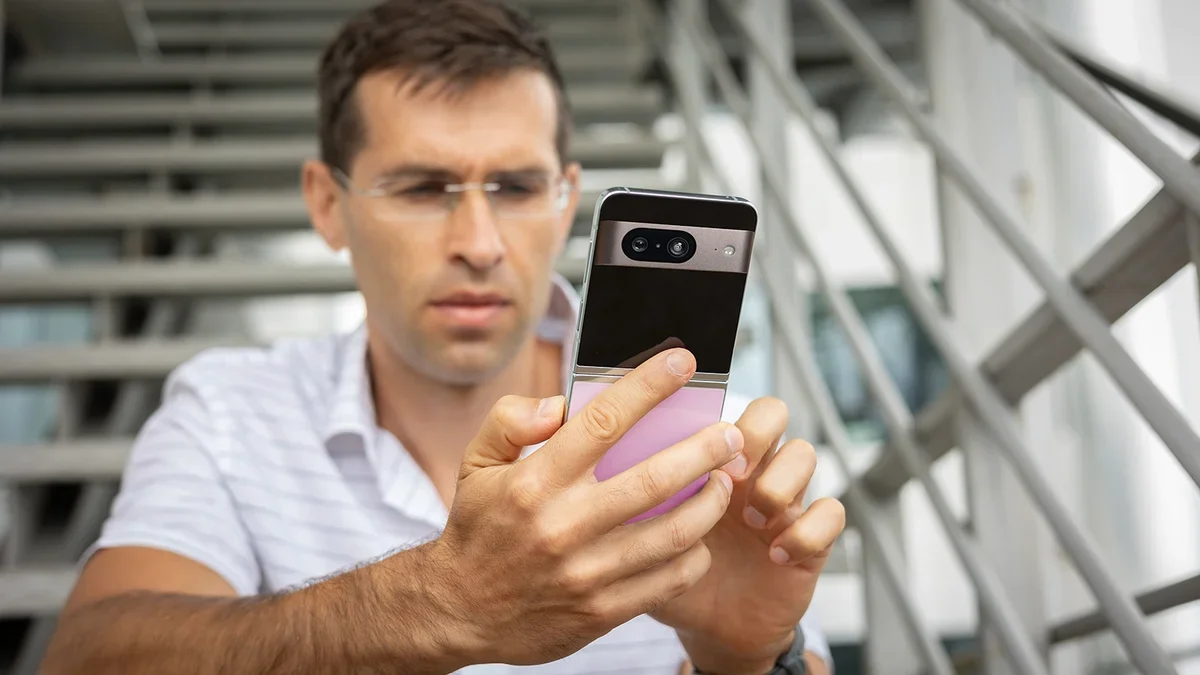

We might get a Pixel Flip but we will have to wait a couple of years | Image by PhoneArena
It’s too early to say. Looking at what the competition is doing, namely Apple, it seems that Google and Apple are fine leaving the flip phone market to Samsung and Motorola and focusing on book-style foldables.
However, we shouldn’t rule out a potential attempt at the clamshell form factor by Google in the next couple of years. None of the aforementioned obstacles are unsurpassable; they’re just time and market-dependent.
As the foldable market share grows, there might be new opportunities arising, and as the flip design matures, the risk for Google getting it wrong on the first try is decreasing.
What do you think about it? Would you like to see a Pixel Flip phone, and more importantly, would you buy one instead of opting for a Z Flip or a Razr?
#Pixel #Flip #Heres